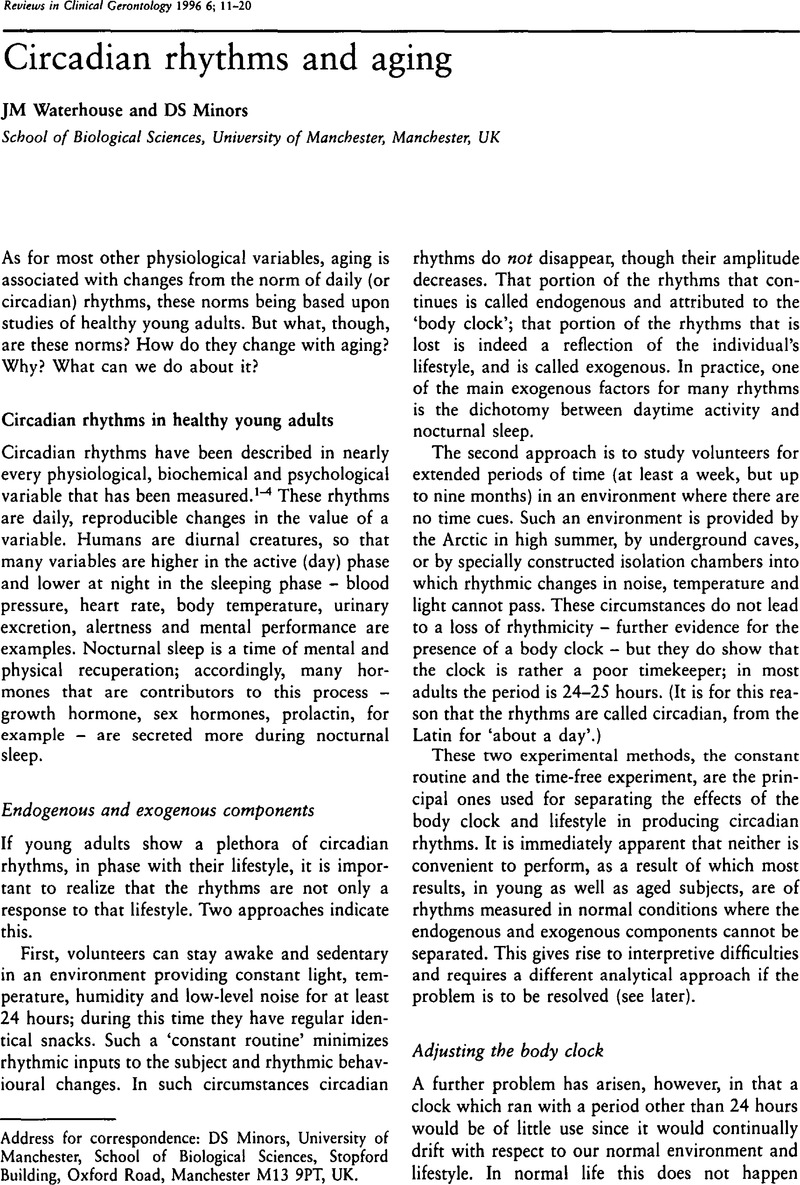Crossref Citations
This article has been cited by the following publications. This list is generated based on data provided by Crossref.
Lye, Michael
1999.
Rhythm of life and vicissitudes of old age.
The Lancet,
Vol. 353,
Issue. 9163,
p.
1461.



